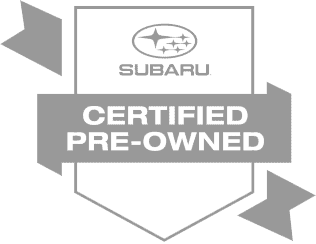Outback vs Ascent
 |  |
Ascent was all-new for for the 2019 model year and is built on Subaru's new "Global Platform," a modular chassis that offers superior crash absorption and handling agility. Subaru introduced the current version of the Outback for the 2020 model year and now it rides on the new frame.
Ascent has the longer wheelbase (the distance between the axles), almost five inches. Lengthening the distance between the axles provides an even smoother ride because the vehicle platform covers more square area and therefore bumps are less noticeable. The Outback weighs roughly 1,000 pounds less than the Ascent, so it handles more like a sports car than does the Ascent.
Comparing the same trim levels, Ascent costs about $6,000 more. However, Ascent comes with standard or optional equipment not offered on Outback including NINETEEN cupholders!
Outback | Ascent | |
| Ground clearance is the same, at 8.7 inches, so both vehicles elude obstacles that snag mortal vehicles. These Subarus are just beastly in deep snow |  | 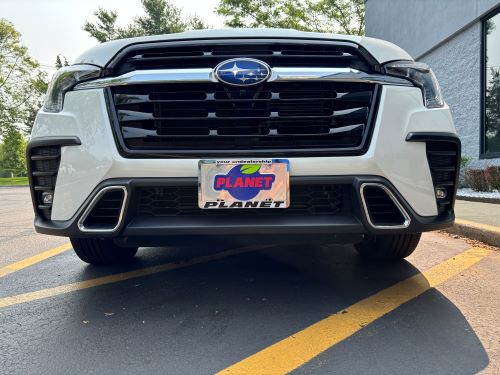 |
| Ascent is wider. |  |  |
| Ascent is seven inches longer. |  | 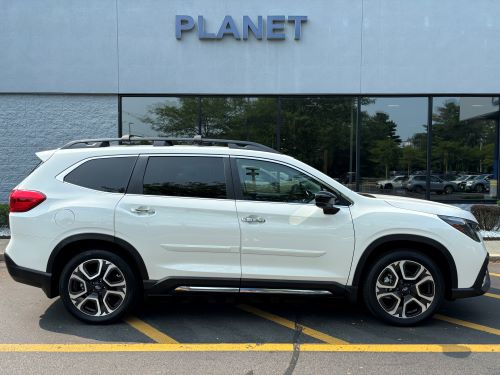 |
| Ascent is five and a half inches taller. |  | 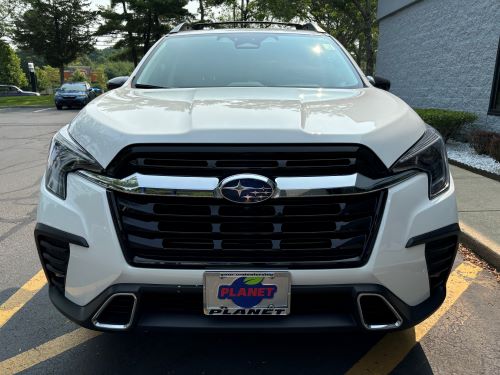 |
| Outstanding Visibility Both have a "command driving position" allowing you to see over traffic in front of you. |  |  |
They also feature an ingenious window design that allows you to look past the outside mirrors. Ascent rides a little higher. |  |  |
| Dawg (and cargo) Space You can fit a whole kennel in the Outback, including our Greeter, Blue. He likes all the room to take his buddies along (Pabst and Mabel), so you could say he prefers the waggin'. You'll be able to fit even more dogs in the Ascent. |  35.5 cubic feet: seats up. |  19.6 cubic feet: all seats up. With the third row folded down, Ascent has comparable space to the Outback. |
Outback goes toe-to-toe on cargo space, in part because Ascent has an additional row of seats taking up a little space. Two adult bicycles fit easily inside either vehicle, and six-footers can sleep comfortably in either one ("comfortable" being a relative term here, in comparison to a cold tent pitched in a bear-infested forest). |  75.7 cubic feet: Adult bike with kid's bike on top, wheels on, lying flat. |  86.5 cubic feet: |
Power Tailgate Option Optional on both. Watch our instructional video here. |  Note the extra rod that actuates the hatch. |  |
Total People Space Ascent is considerably larger inside. Notice how similar the interiors are. |  109 cubic feet | 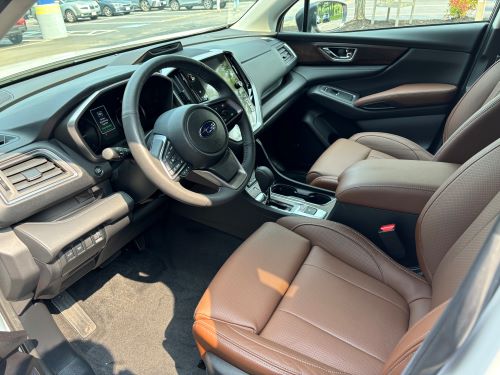 153.5 cubic feet |
Rear Legroom Both have a ton, and doors open 75 degrees for easy access. Ascent's rear doors are astoundingly wide--so big, in fact, that they would look at home on a limousine. |  39 inches | 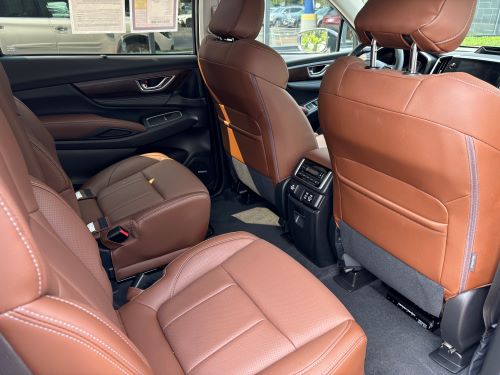 39 inches |
Price Comparably equipped, Ascent costs $6,000 more. | ||
Towing Capacity Outback can tow a small utility trailer but for a sailboat you'll need the Ascent. | 2700 pounds | 5,000 pounds |
Crash Tests Both earn the highest Insurance Institute for Highway Safety's highest "Top Safety Pick PLUS" ratings. |  |  |
Engines and Fuel Economy Both offer standard Boxer engines. Ascent is heavier and enjoys some extra oomph from a turbocharger. | 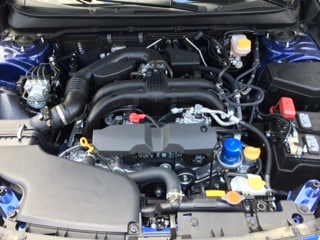 2.5 liter four cylinder 182 horsepower Continuously variable automatic transmission:26 city, 33 highway |  2.4 liter turbo four cylinder 260 horsepower Continuously variable automatic transmission:20 city, 26 highway |
Optional Engine You can put the Ascent's turbo engine in the Outback, and because the Outback is about a thousand pounds lighter than the Ascent, it goes like a scalded cat and really puts the "Sport" in Sport Utility Vehicle. All Ascents have the same 2.4 liter mill. |  Optional 2.4 liter boxerfour cylinder 23 city, 30 highway | |
Typical Competitors Of course we don't think a Subaru has any competition. But the nice folks who buy cars here say that they looked at these vehicles before they bought at Planet. Click on any of the blue links for a dedicated comparison. |
|
|
Rooftop Cargo Solutions Outback offers standard roof rails (the bars that run front to back) and integrated crossbars (the bars that run side to side). Rails are standard on all Ascents but crossbars are optional. |  |  |
Dedicated Planet-exclusive resource pages with high-res galleries, videos, and more! |
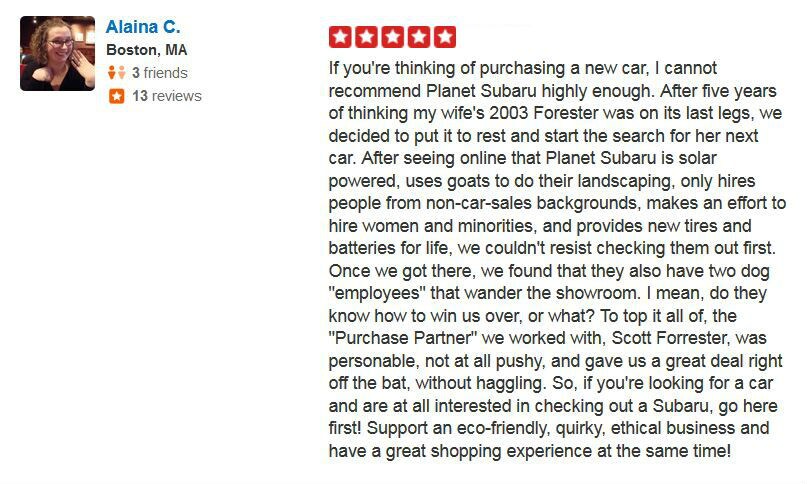
* Although every reasonable effort has been made to ensure the accuracy of the information contained on this site, absolute accuracy cannot be guaranteed. This site, and all information and materials appearing on it, are presented to the user "as is" without warranty of any kind, either express or implied, including but not limited to the implied warranties of merchantability, fitness for a particular purpose, title or non-infringement. All vehicles are subject to prior sale. Price does not include applicable tax, title, and license. Not responsible for typographical errors.





